Recently, Olympus rolled out the latest version of its Tough camera, the Olympus Tough TG-4. This camera stands out among its competitors for offering RAW capture in an underwater compact camera at a reasonable price. We shot both the predecessor, the Olympus Tough TG-3 (our previous review here), and the new camera, the TG-4, on our recent trip to Antigua and Barbuda, to give you a real world, in-the-ocean test and comparison of the two cameras in action.
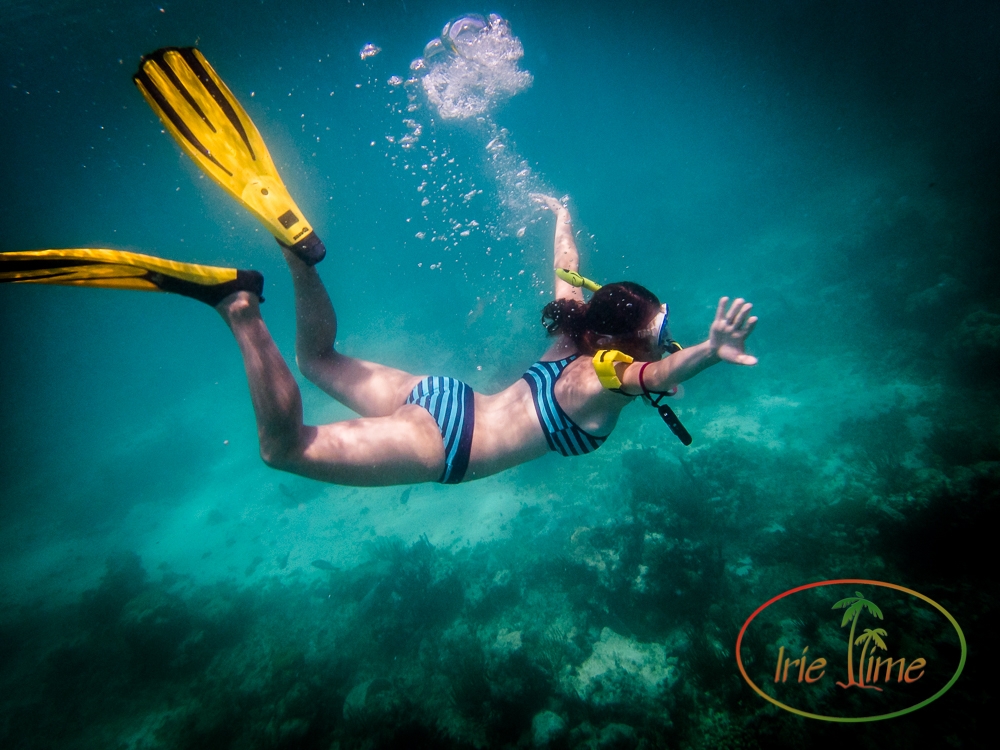
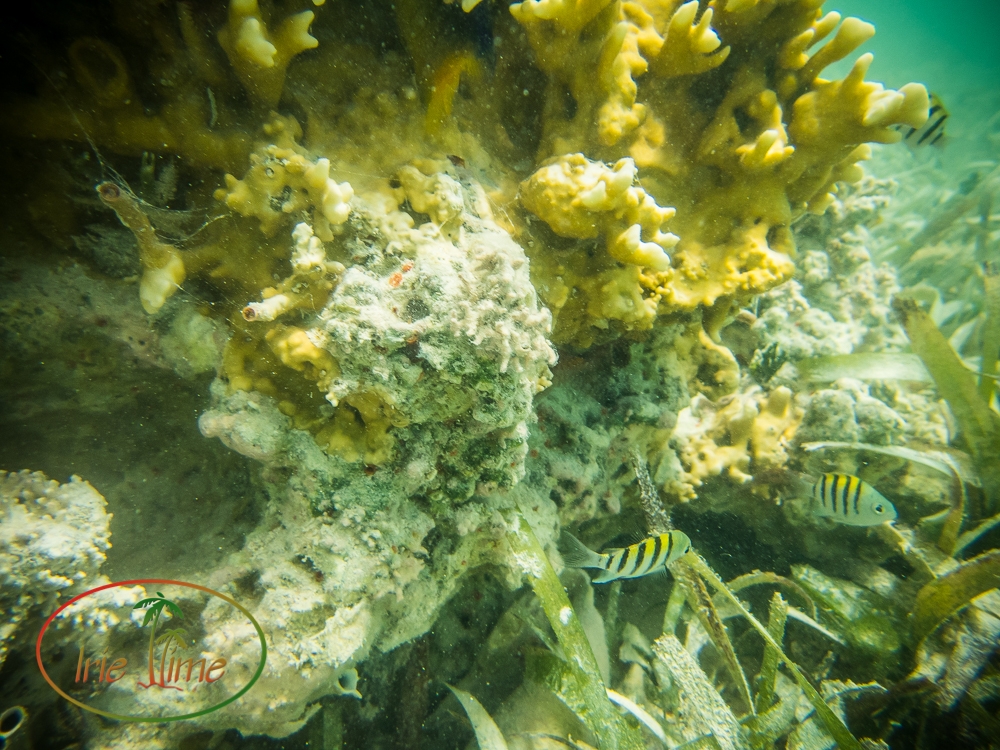
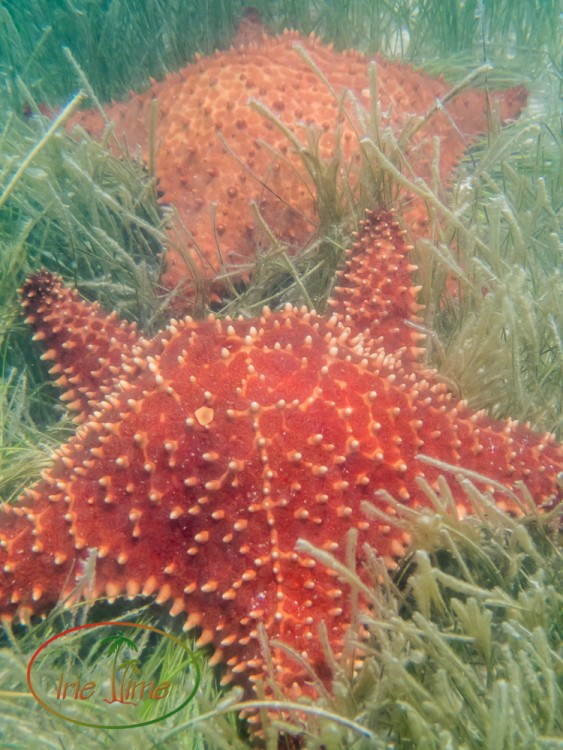
With the exception of the addition of RAW capture, there is very little difference between the two models. They have the same sensor and the same lens. The both have built-in wireless transfer and built-in GPS. Video resolution is the same and they both shoot 5 frames per second. They both have the same size LCD screen and no viewfinder. Both cameras are waterproof down to 50 feet, crushproof to 220 pounds (100kgf), freezeproof down to 14 degrees Fahrenheit (-10 degrees Celsius), and shockproof from 7 feet (2.1 meters). They are nearly identical in appearance and feel. You can use the Olympus app on your phone with either camera for remote shooting. Both offer program and aperture priority modes. Both offer the microscope mode which I really liked when I reviewed the TG-3, and both use the same attachments and accessories, like the LED light. Both are still available in red or black. I always choose bright colors so I can find things in the bottom of my bag, so I chose red. Aside from adding RAW capture, the TG-4 offers live composite, which skips the need for compositing with software after the fact, which I did not use. I have the software to make composites and like to have more control over the process. The TG-4 also offers underwater HDR, but given how choppy an ocean can be, I could never fathom (no pun intended) using that mode.

What people really want to see is the comparison of the images, so let’s take a look. All of these images were shot in the ocean. We took a snorkeling trip to Paradise Reef off Antigua, and the water was pretty choppy, so shots were taken while bouncing around on the surface or while free diving. Given that you are in the ocean, there is no way to do a side-by-side comparison of the same shot. It’s not like I could set up my tripod on the coral. Here are some images from the TG-3:

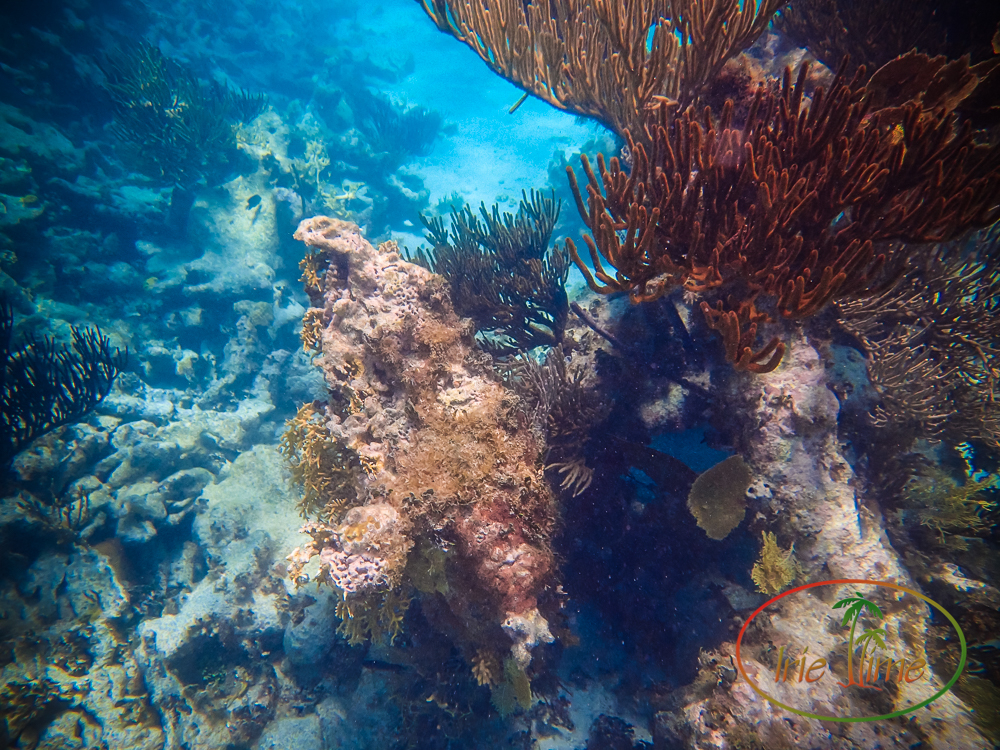
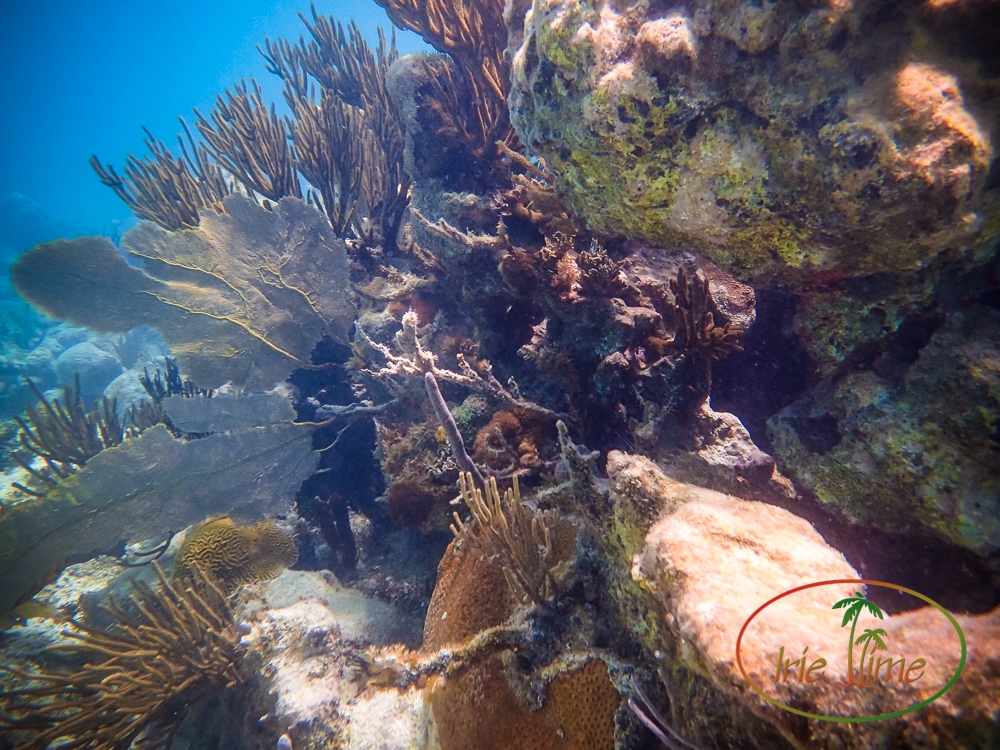

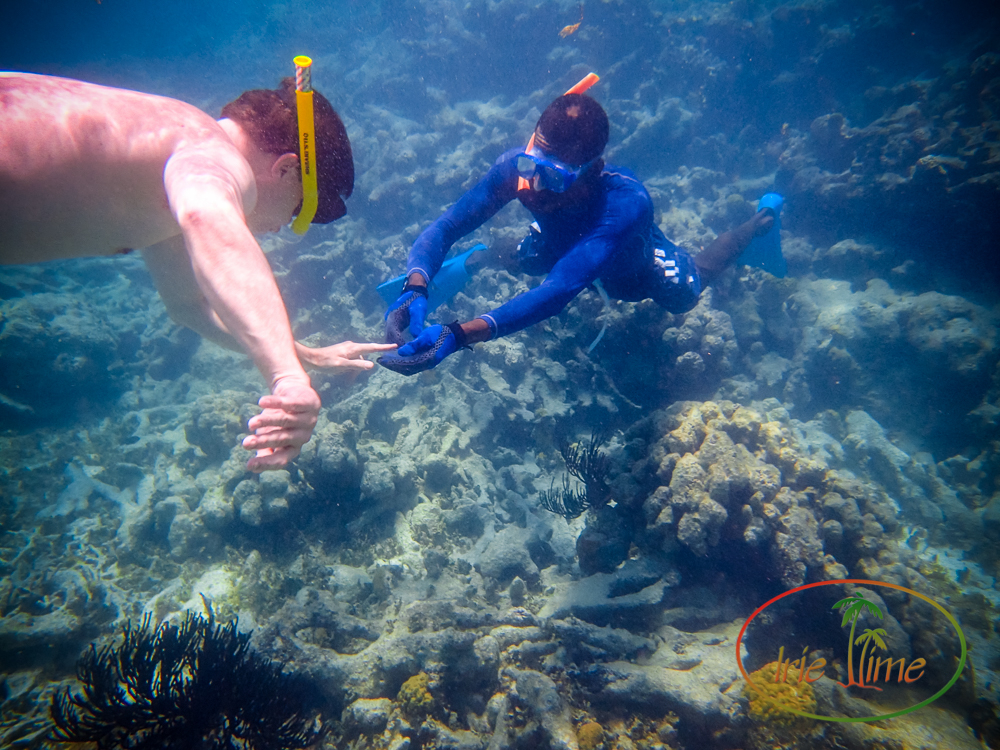
And here are some from the TG-4. The featured image at the head of this post was also shot on the TG-4.
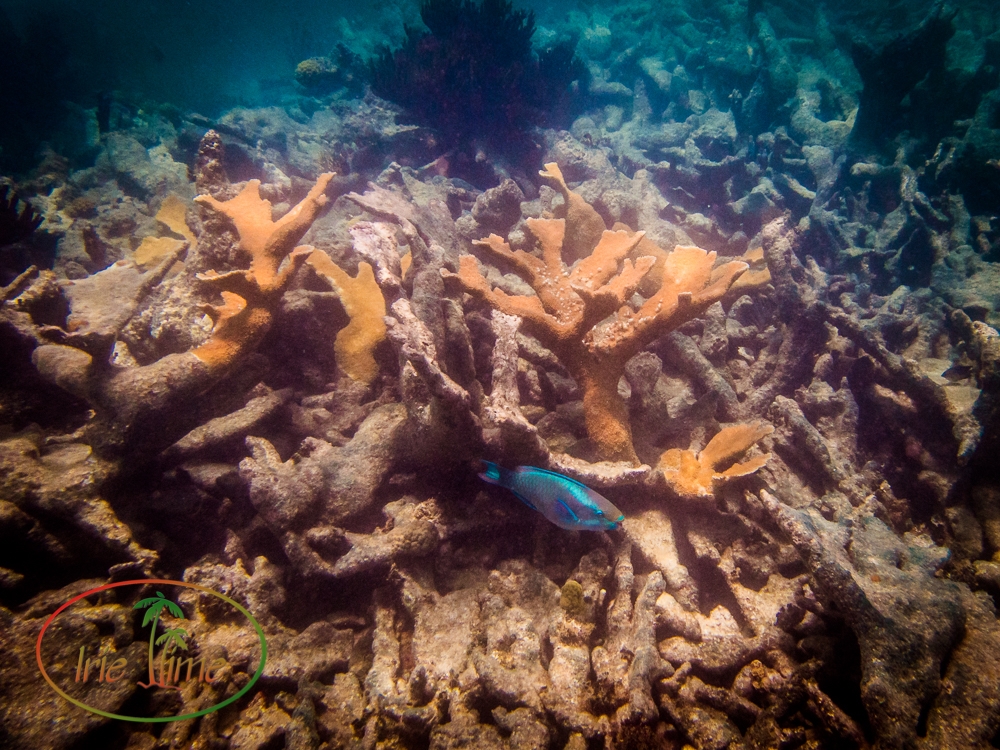
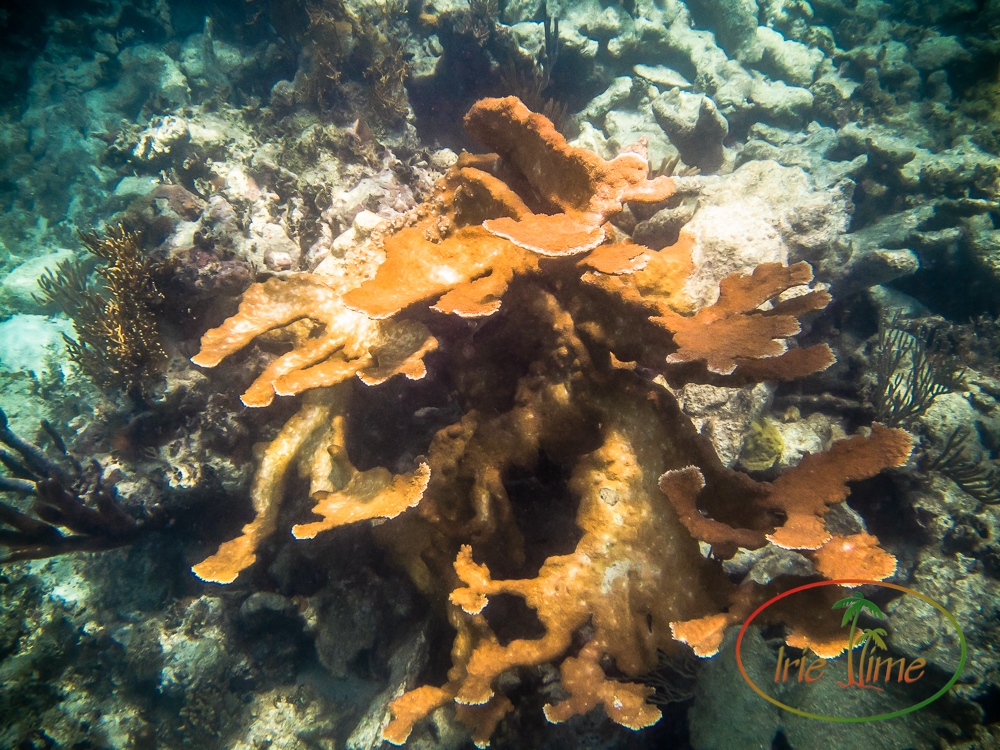
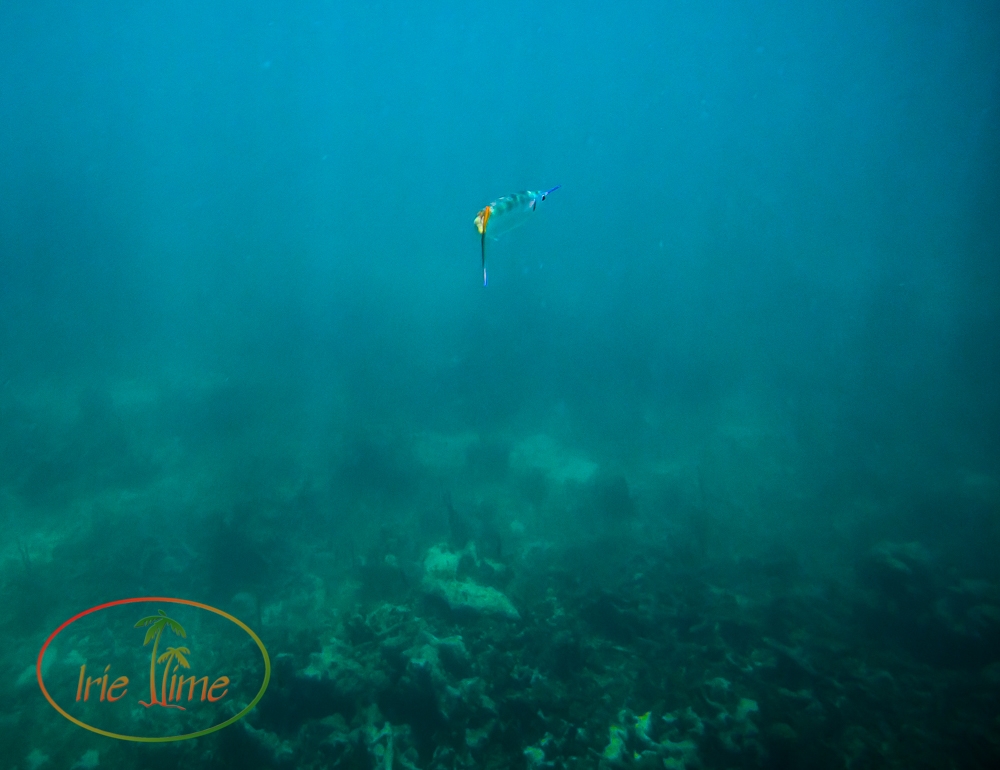
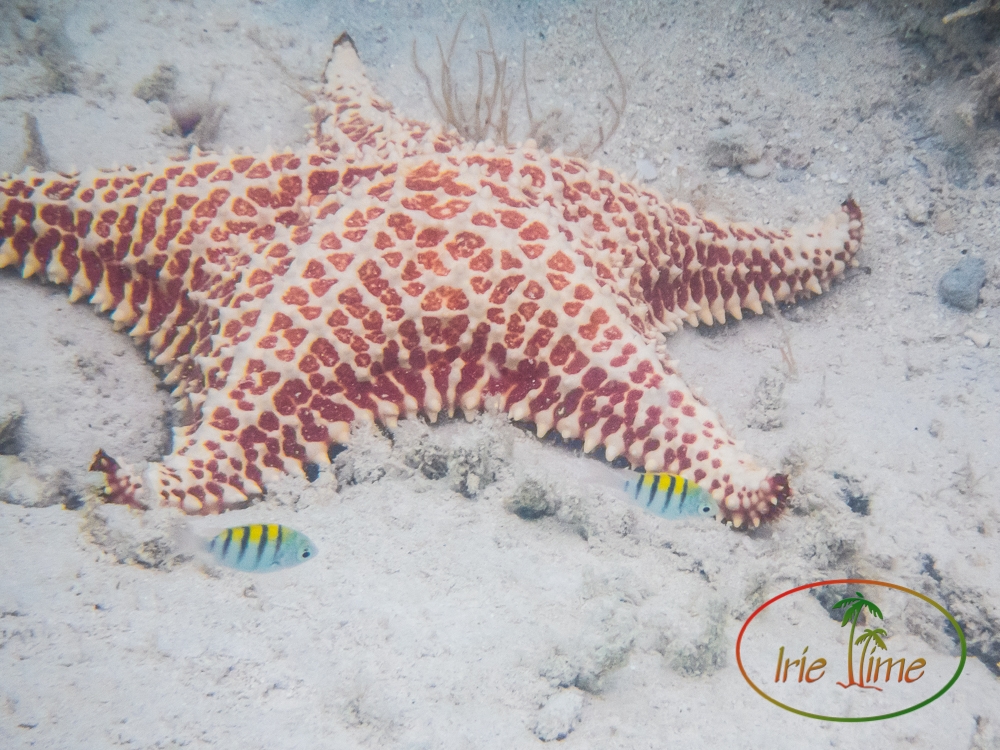
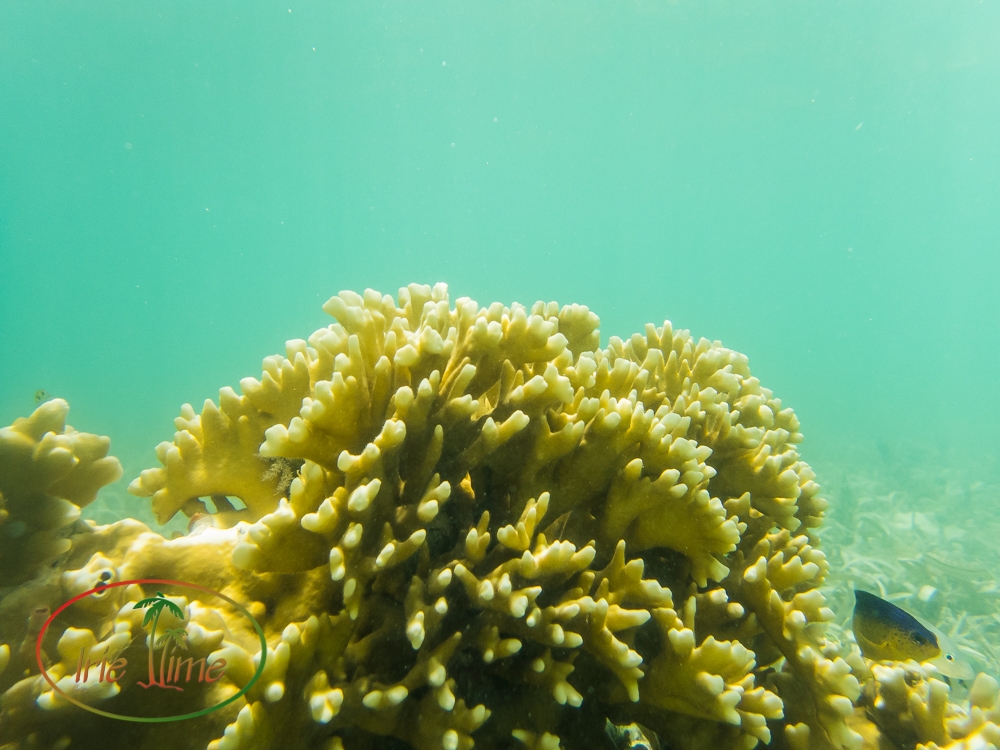
Both cameras perform well on land as well as sea.
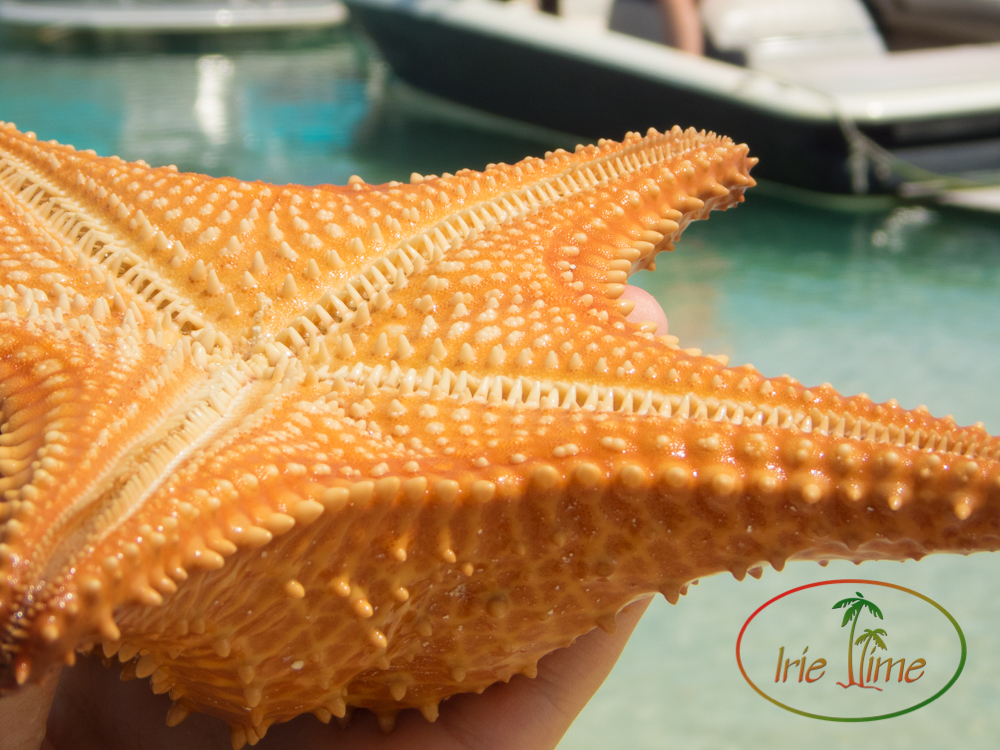
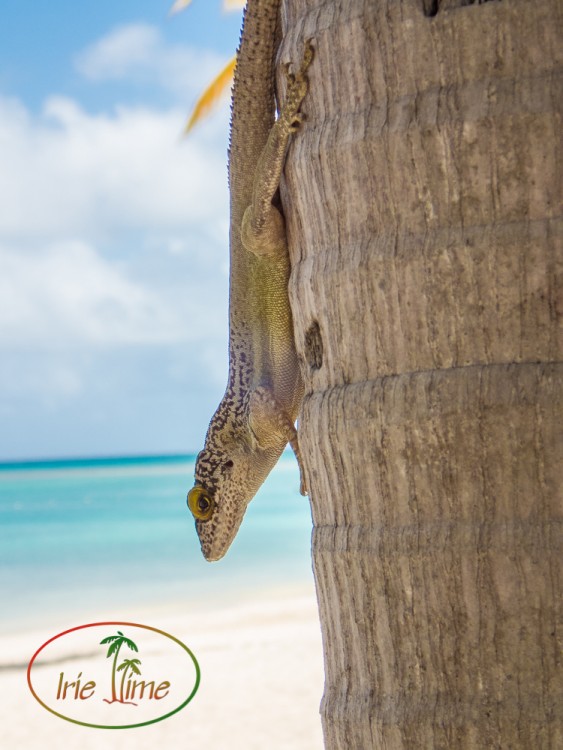
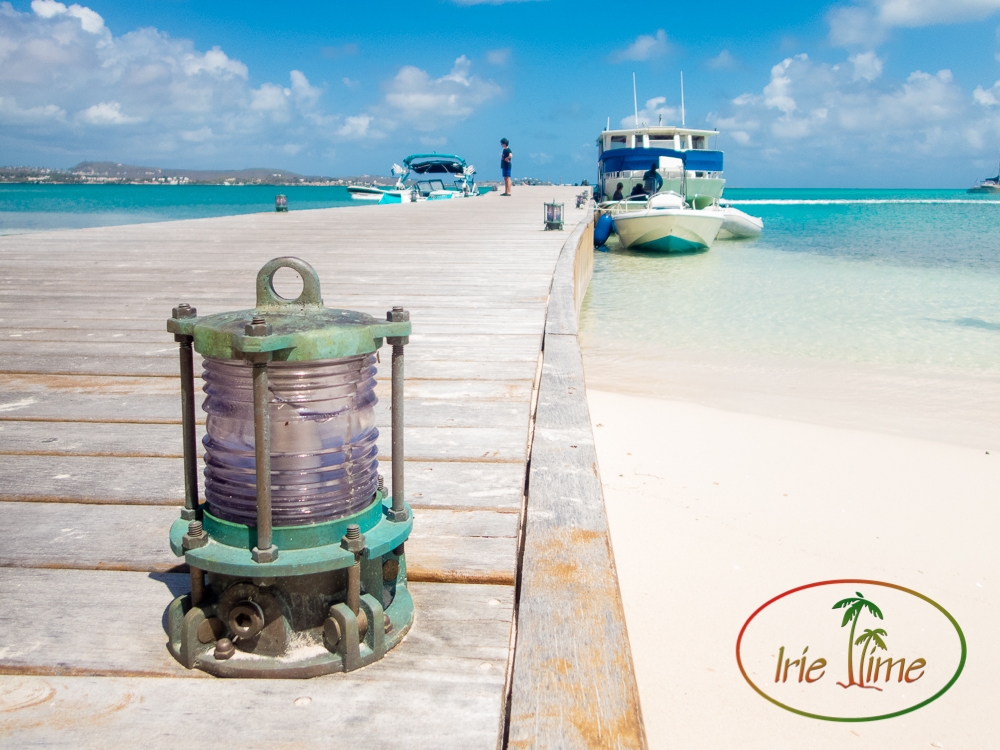

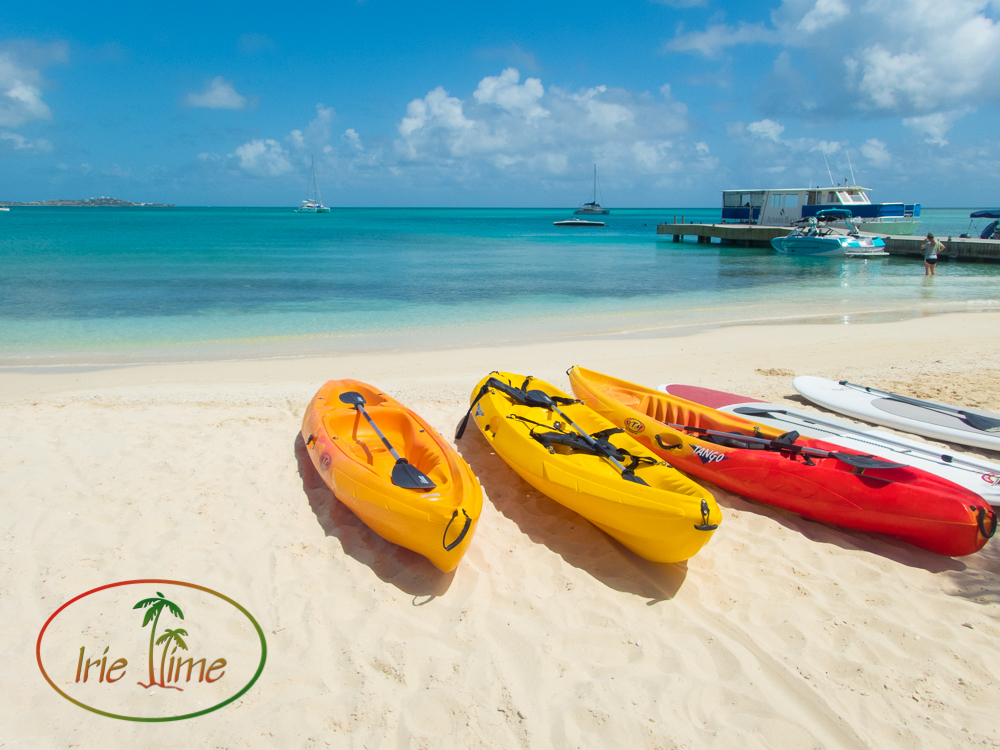
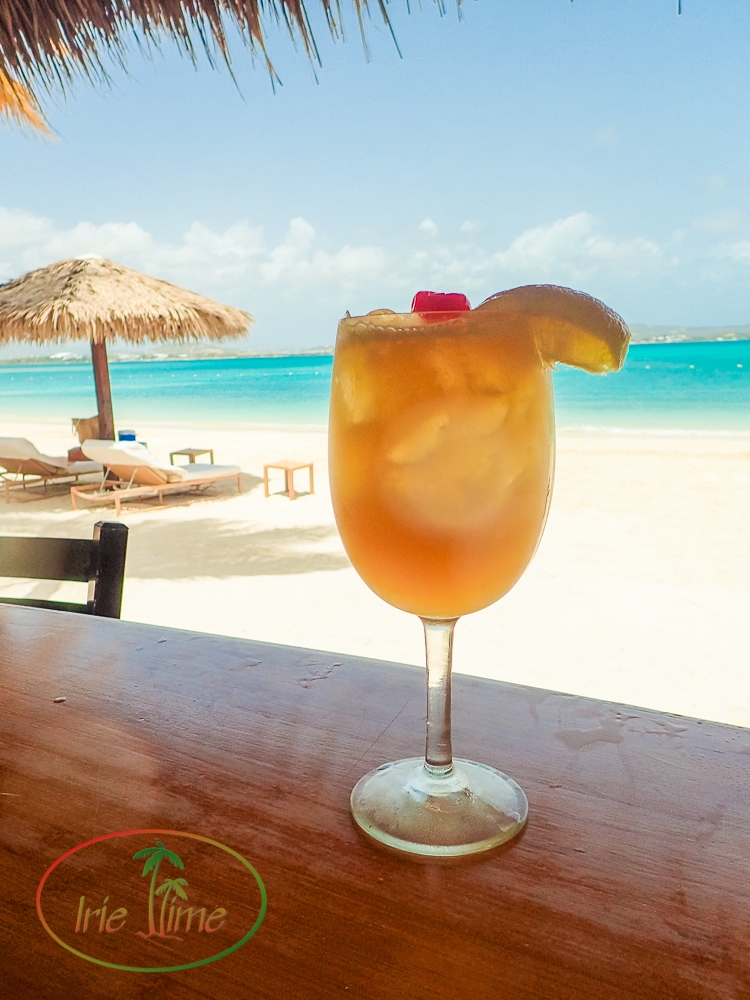

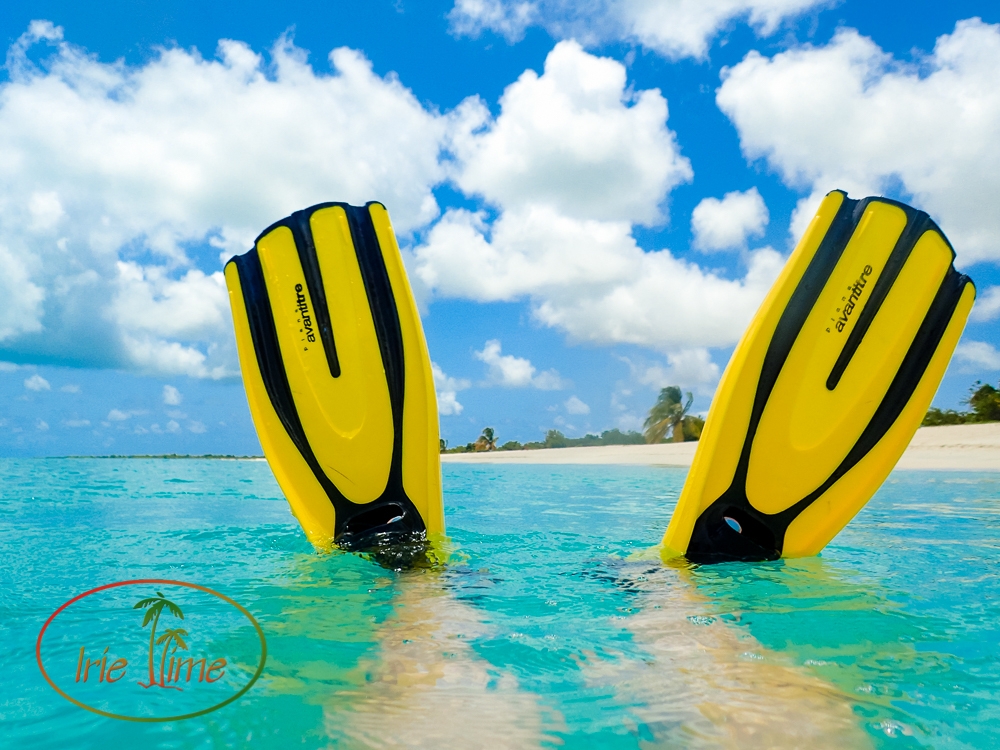
All images have been enhanced in Lightroom, adjusting white balance, saturation, contrast, and clarity as needed.
With the announcement by Olympus that the new version of its Tough camera, the Olympus Tough TG-4, would have RAW capture, I suspect there will be quite a few TG-3’s on the market at a good price, given that it’s now discontinued. Overall, it’s nice to have the ability to correct some exposure errors after the fact with the RAW files, but our “keepers” came down to whether or not there was a good capture in the first place. So if you can get a TG-3 at a good price, I would not overlook it. If you want the flexibility that the TG-4 offers, it is a great little camera.

